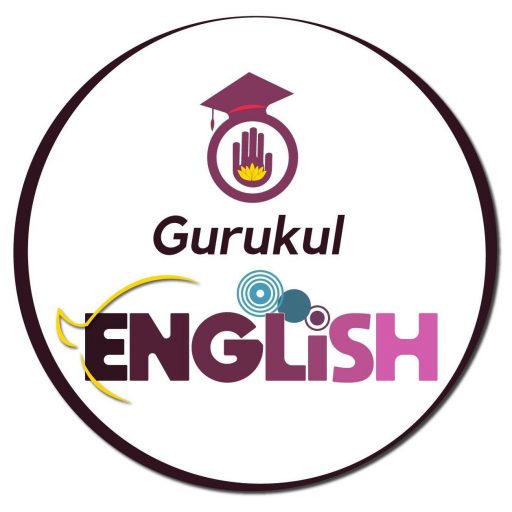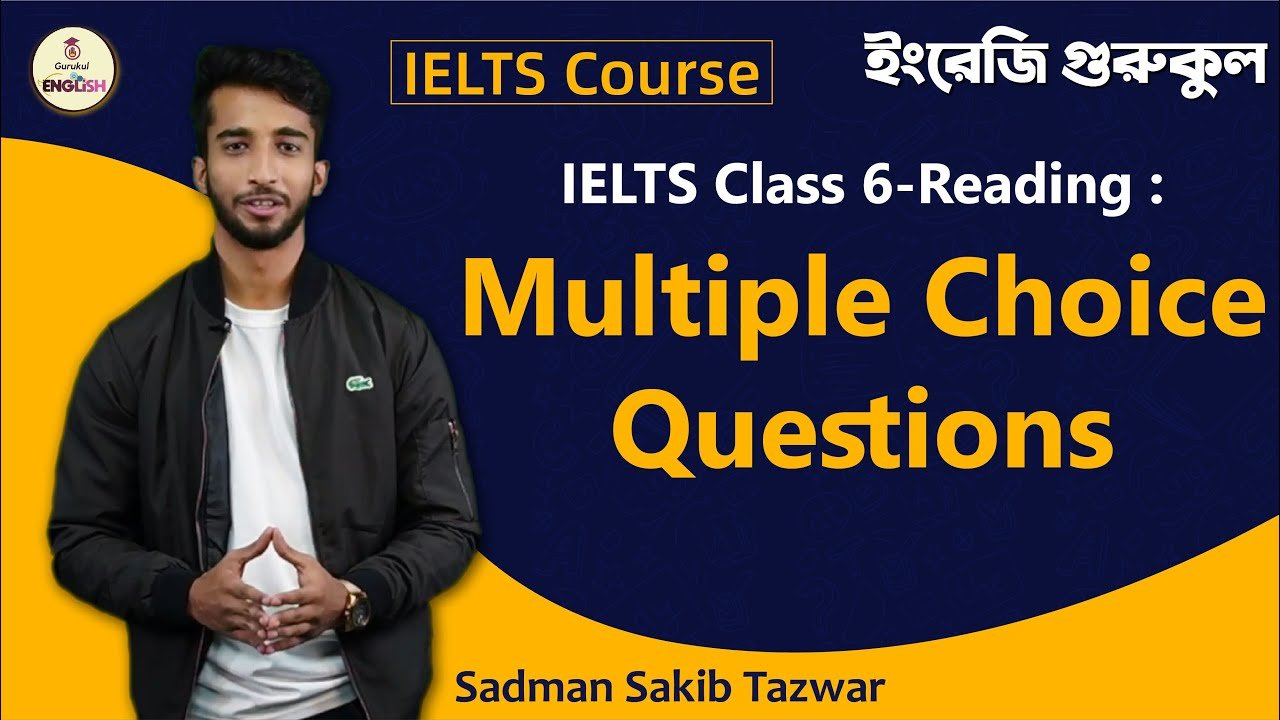Multiple Choice Questions class is a part of our “IELTS Course”. This is the 6th class of our “IELTS Course”. Our “IELTS Course” will help you in your IELTS preparation. Prepare for the IELTS exam online at your own pace, Our “IELTS Courses” will help you get the score you need. This class has been made to help you in your IELTS examination.
Multiple Choice Questions
What are multiple choice questions?
Multiple choice questions are fundamental survey questions that provide respondents with multiple answer options. Primarily, multiple-choice questions can have single-select or multi-select answer options. These are the most fundamental questions of a survey or questionnaire where the respondents are expected to select one or more than one option from the multiple-answer options. Whenever we think of conducting surveys, we think of two things: the kind of questions to ask and data collected from the answers to those questions.

Essentially, the most important aspect of surveys is to formulate relevant questions that will help us extract clean data. There are various types of survey questions that a survey creator can ask to evoke necessary responses from the person undertaking the survey. Out of these variations, the close-ended questions are the most used in surveys.
Parts of Multiple Choice Questions
Keep the following factors in mind while designing Multiple Choice Questions-
- Have a fair idea of the concepts that you would want to cover in the question and avoid composing questions that have hazy attributes.
- Form questions that evaluate respondents at conscious and subconscious levels like some factual questions, situational questions or analysis-based questions.

A multiple choice question comprises of a stem, the correct answer/s, and the distractors.
1. A stem, that’s the question i.e. a problem or an incomplete statement – Make sure that you create a crisp, grammatically error-free, and simple stem that has relevant information.
2. The correct answer – This should be relevant to the stem and shouldn’t consist of too many qualifiers like “always” and “some”. Use phrases as options when the stem is an incomplete statement.
3. The other incorrect responses which are called ‘distractors’ – Ideally, create 4 distractors and should be in line with the correct answer. These distractors should usually be common misconceptions that your target audience may have.

Details about Multiple Choice Questions – English Grammar :
